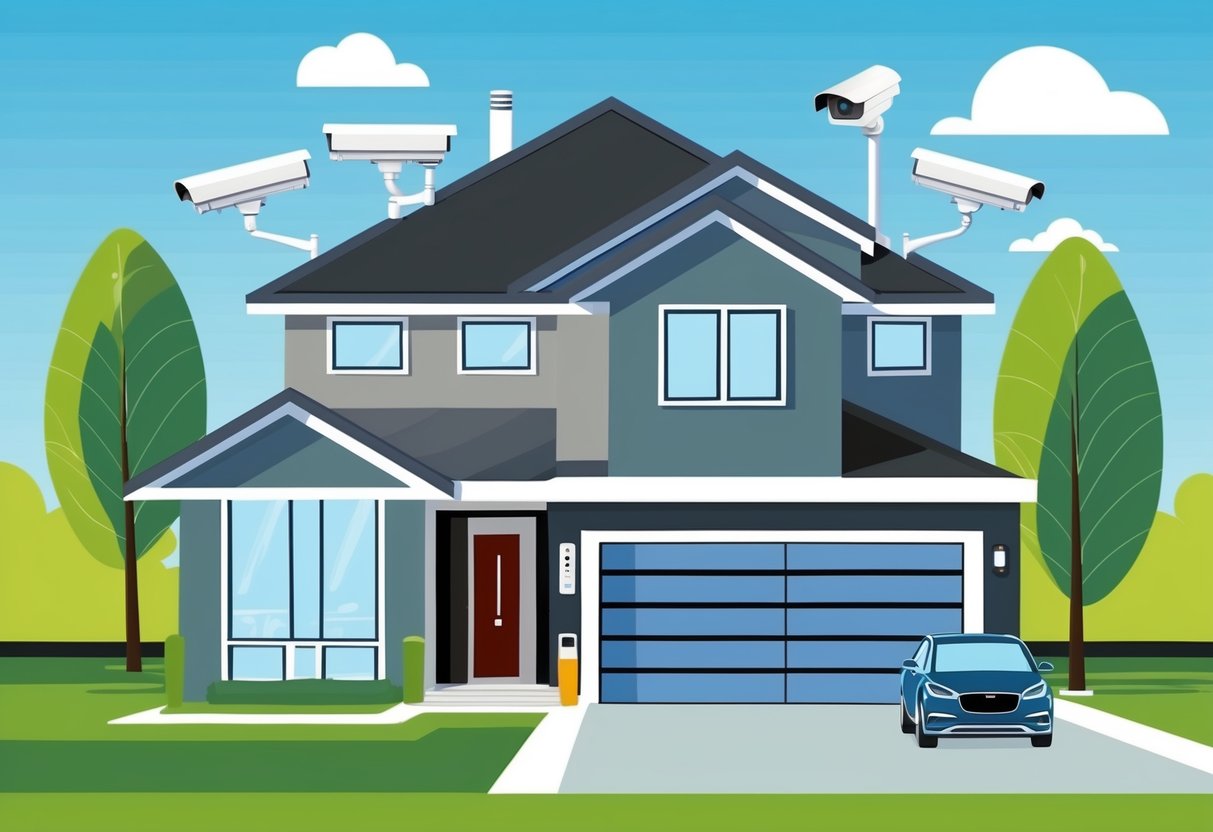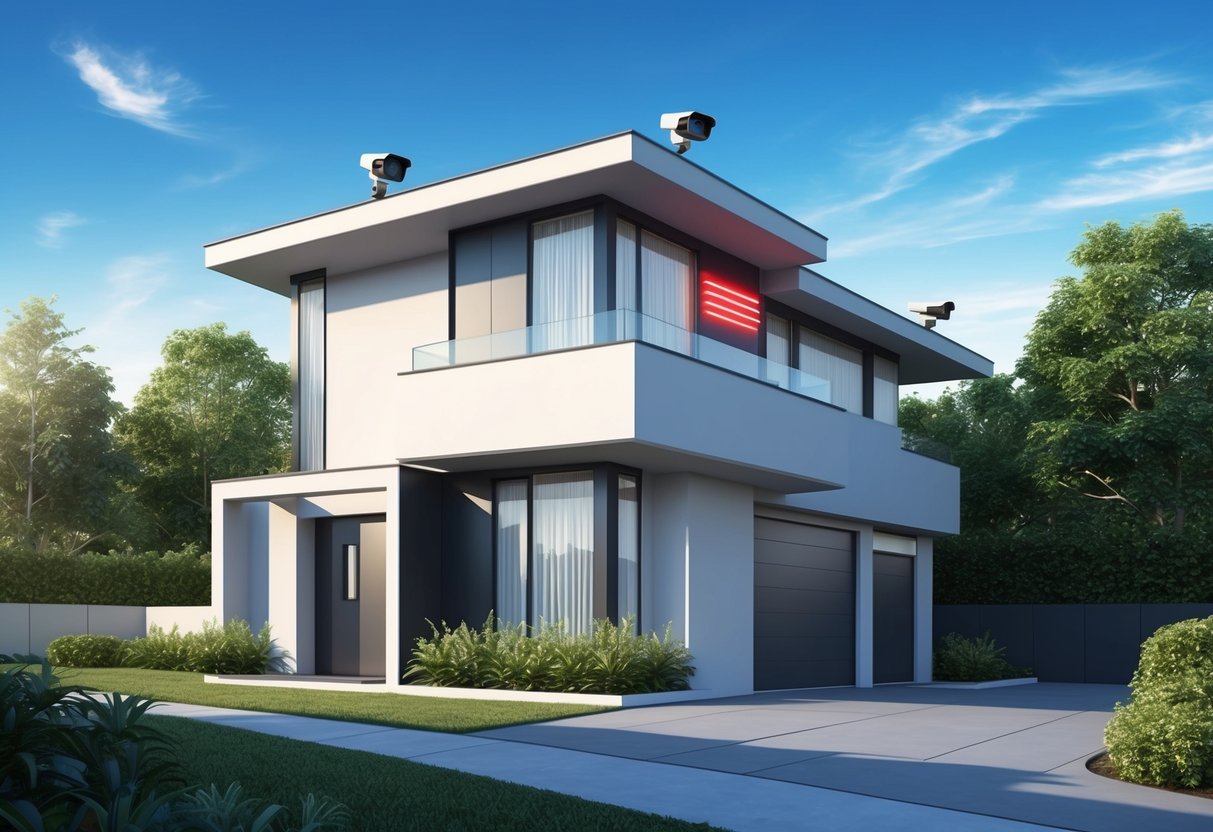
Professional Installation vs. DIY Setup
Some homeowners want the expertise and guidance of professional installation, while others prefer the flexibility and savings from setting up a DIY home security system. Both options offer unique advantages in terms of convenience, customization, and ongoing support.
Benefits of Professional Installation
Professional installation services provide hands-on support from experienced technicians who can evaluate the property, recommend the best equipment, and handle challenging installations such as hardwired sensors or outdoor cameras. This ensures that all components are properly configured, connected, and tested before use.
With professional installation, customers usually gain access to more comprehensive customer service and troubleshooting. Technicians can address concerns related to device placement, integration with smart home systems, and optimal coverage zones.
Professional installation often includes a walkthrough for the household, so everyone knows how to operate panels, keypads, and mobile app settings. Some companies may also provide maintenance checks or updates as part of their service.
For busy families or those less confident with technology, this route can provide added peace of mind and immediate support in case of issues. Some premium systems highly recommend professional installation for maximizing efficiency and security customization.
For more, see the comparison on DIY vs Professionally Installed Home Security Systems.
DIY Installation: Flexibility and Cost Savings
DIY home security systems appeal to those wanting to save on installation fees and retain full control over their system. Leading options, such as those from SimpliSafe and Ring, are designed for straightforward setup.
Equipment is typically wireless and arrives pre-configured, making it easy to arrange devices to fit a home’s layout. Unlike professional setups, DIY systems let owners expand, move, or adjust equipment at their convenience.
There is no need to schedule appointments or wait for installers, which means faster deployment and minimal disruption. For renters or those likely to move, this flexibility is especially valuable.
DIY security systems also keep costs lower since installation is free with most providers. Homeowners can choose only the features they need, avoiding upsells on unnecessary gear.
Many popular brands offer step-by-step guidance, video instructions, and robust customer service support to smooth the process. For additional insight on budget and flexibility considerations, see the DIY vs Professional Installation discussion.
Monitoring Services and Emergency Notifications

Monitoring services bring added protection by ensuring homes are watched around the clock. Professional monitoring and advanced notification systems alert homeowners and emergency services the moment threats are detected.
24/7 Monitoring and Response
Professional monitoring services provide ongoing surveillance and rapid response to emergencies, offering peace of mind to homeowners. Dedicated monitoring centers are staffed day and night to ensure that alerts from the security system are never missed.
When a sensor, such as a door or window contact, is triggered, professionals assess the situation and can dispatch police, fire, or medical teams as needed. The value in 24/7 monitoring lies in its reliability.
Homeowners don’t have to be present or awake to respond to incidents. Leading home security systems, like those offered by SimpliSafe, ADT, and CPI Security, include customizable options for professional monitoring and emergency dispatch.
Some services also provide mobile app notifications so that users stay informed and in control, wherever they are. Professional response includes verifying alarms to reduce false dispatches and making sure emergency teams are notified quickly when something serious occurs.
Many providers also offer integration with smart home devices, further enhancing the speed and effectiveness of their response.
Burglar Alarms and Motion Detection
Burglar alarms and motion detection are at the core of every effective security system. Burglar alarms consist of a network of sensors placed at entry points, such as doors and windows, designed to detect unauthorized access.
When activated, these devices emit loud alerts and send signals to the monitoring center for immediate attention. Motion detectors add an additional layer of security by identifying movement within the home.
Advanced sensors can differentiate between normal activity and suspicious behavior to limit false alarms. Systems from brands like Ring and Vivint often allow homeowners to customize sensitivity and notification settings.
Key features include pet-friendly motion sensors, glass break detectors, and compatibility with security cameras. Modern systems deliver instant mobile alerts and can trigger a series of actions, such as recording video or turning on lights, when suspicious movement is detected.
This real-time notification helps catch unusual activity quickly and allows for fast intervention if needed.